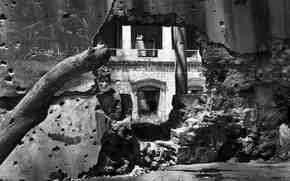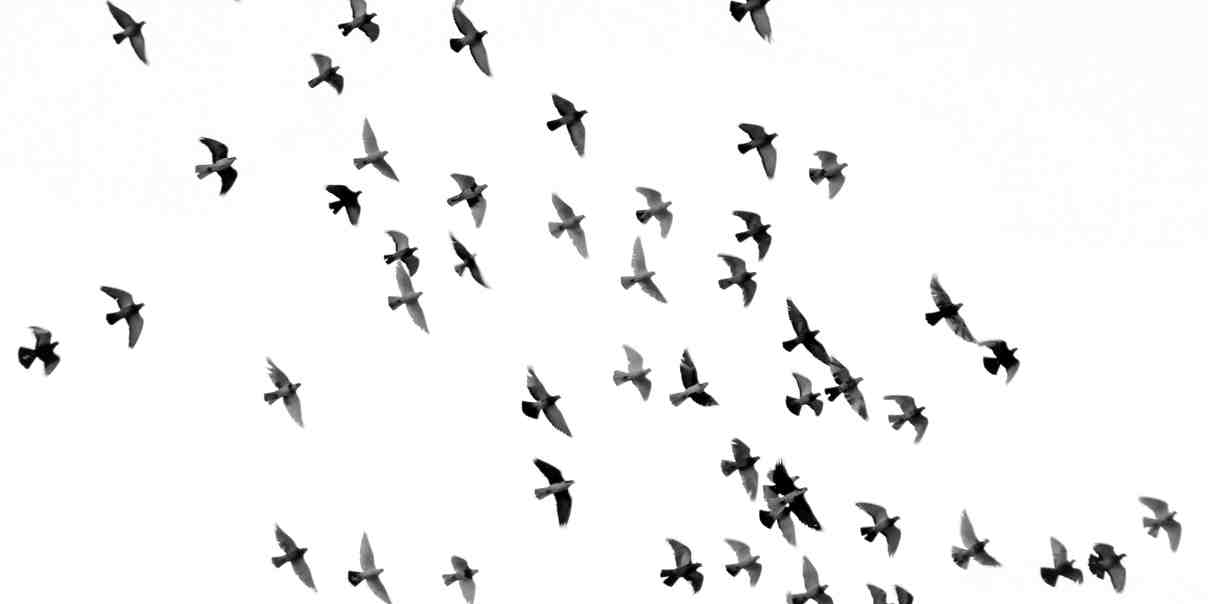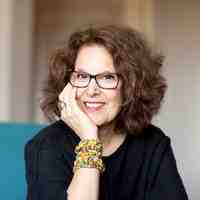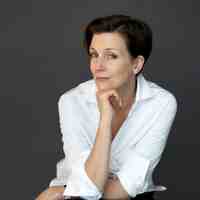

More Meditations on Silence
Meet the Participants

Leslie Ayvazian is the author of 8 full-length plays and seven one-act plays, published variously by Samuel French and Dramatists Play Service. Some have been included in annual anthologies of best plays. Nine Armenians won the John Gassner/Outer Critics Circle Award for best new American play, The Roger L. Stevens Award, and second place for the Susan Smith Blackburn Prize. Rosemary and I received an honorable mention from the Susan Smith Blackburn jury. Leslie has received commissions from the Manhattan Theatre Club, Windancer Productions and South Coast Repertory Theatre. Make Me, directed by Christian Parker, was produced in New York by the Atlantic Theatre Company. High Dive was produced at the Long Wharf Theatre and the Manhattan Class Company, directed by David Warren, and went on to be produced in Poland and Slovakia. Her short film Every Three Minutes starring Olympia Dukakis was produced by Showtime and won a Telly Award. Her play Deaf Day was produced as a short film in Syria by Rana Kaz Kaz, and was included in the 2012 Palm Springs International Short Film Festival. Her latest short film, The Favor, stars Olympia Dukakis, Margaret Colin, and John Pankow. A theatrical version of The Favor ran at City Theatre in 2013 and also had a production in The Ensemble Studio Theatre’s Spring festival of one-act plays. A current play Out of the City has received workshops at the Manhattan Theatre Club and the Southampton Writers’ Conference. It will receive its first production in 2014 at the Merrimack Repertory Theatre in Lowell, Massachusetts. Her one-act play Above it All recently toured the Miami FL school system. Her latest play, 100 Aprils, recently received a workshop at the Atlantic Theatre in NYC. Leslie is an Adjunct Professor of dramaturgy at the Columbia University Graduate School of the Arts. Her credits as an actress include a recurring role on Law & Order – SVU and roles on Broadway in Lost in Yonkers and Naked Girl on the Apian Way.

As a contributing critic for the New York Times Corinna da Fonseca-Wollheim won honors for her fresh writing and for her ability to demystify classical music with empathy and humor. In print and in person, she is passionate about breaking down preconceptions and unlocking the wisdom and beauty of music.
Since creating Beginner’s Ear in 2019, Corinna has led live music meditations for a diverse range of listeners in places including a yoga studio, a high school, a federal detention center, a sunken garden and a dance studio. Each time, participants report experiencing deep feelings of stillness and ease.
Corinna uses meditation and sound to help people become better at listening – not just to music, but to themselves and each other.
Born to German parents in Brussels, Corinna obtained a B.A. in music and psychology from Royal Holloway College (University of London), an M.A. in Renaissance Theory and Culture and a doctorate from Cambridge University. She wrote her Ph.D thesis on the 17th-century Jewish Venetian poet Sara Copio Sullam. In February 2020 she completed the Mindfulness Teacher Training Program through MNDFL in New York City.
Corinna lives in Westchester with her husband, three children, and a goldendoodle named Lucky.

Annie Jin Wang (she/her/hers) is the Associate Director for Programming at PlayCo. She is a first-generation Chinese American dramaturg and generative artist whose body of work investigates constructs of race, gender, and citizenship. She is currently supporting new projects in development at Beth Morrison Projects, Musical Theatre Factory, and the Perelman Performing Arts Center. Her own writing has been developed with Soho Rep, Target Margin Theater, Fresh Ground Pepper, Ferocious Lotus Theatre Company, and PlayGround-NY. She also serves as the Artistic Associate at Theater Mu. Annie holds an MFA from Columbia University, and BAs from Wellesley College.
LESLIE AYVAZIAN
Playwright, High Dive and Lovely Day
What is the difference between silence and quiet? Between silence and pause? Between silence and prayer?
Where do we find silence? Can it exist in noisy places?
For me, there was a time, a portion of time when I became unsettled, unmoored, and I tried to appear otherwise.
One night I was en route to a theater located in Times Square. I got lost. Disoriented. Overwhelmed. The clanging. The honking. I stood with tight fists on the corner where the four streets overlap, gulping the air.
And I thought to myself, maybe silence is all in the breath.
➳ ➳ ➳
CORINNA DA FONSECA-WOLLHEIM
Excerpt from "How the Silence Makes the Music" (New York Times)
One of the most arresting objects on display in the musical instruments galleries of the Metropolitan Museum of Art is a 2,000-year-old bell from Japan that was built to be mute. Dotaku bells such as this one still puzzle historians, but we know they were made without clappers and buried in earth, probably as part of a ritual designed to bless crops.
The first time I saw the Met’s dotaku, I stopped dead in my tracks. The expectation of sound had been turned into a sacrificial act of silence. From inside two slits high up on the bell, I thought I saw the ghost of John Cage smiling out.
Cage’s “4’33’’” may be the most notorious act of silence to be offered as music. But it fits into a long lineage of efforts to endow silence with artistic meaning. In Japanese music, the term “ma” suggests the space in between sounds that a performer must master. Debussy wrote that the music is not in the notes, but in the spaces between them. In a similar vein, Miles Davis said, “It’s not the notes you play; it’s the notes you don’t play.”
As social beings, we are hard-wired to interpret breaks in the flow of human communication. We recognize the pregnant pause, the stunned silence, the expectant hush. A one-beat delay on an answer can reveal hesitation or hurt, or play us for laughs. A closer listen shows musical silence to be just as eloquent.
(Excerpt reprinted with permission from the author.)
➳ ➳ ➳
ANNIE JIN WANG
Associate Director for Programming, PlayCo
In Anne Carson’s essay “Variations on the Right to Remain Silent”, she posits: “After all what else is one’s own language but a gigantic cacophonous cliché. Nothing has not been said before. The templates are set.”
There are the obvious diametrics at play here: language is noise, signaling presence; drawing attention to what is already known; articulating and making visible the frame. On the other end of the spectrum, this assumes that within silence lives the unknown, the amorphous; that which does not yet have a shape and therefore cannot be tamed. In a society such as ours, beset with so much uncertainty and mistrust, it is not surprising that silence often feels like some invisible beast hiding in the dark that we can only drown out by screaming above the roar of our fear.
What Carson does not emphasize in her essay–at least, not explicitly–is the relationship between sound and time. As I’ve gotten older, I’ve made an effort to become a better listener; to accept that I can exist even when I am not speaking. Perhaps this comes partially as a result of realizing that even words can have their limits, and that our rich gift of communication can be diluted when we take on the responsibility to fill every minute of the day with sound. When the days seem to hasten by unnoticed, the absence of speech dilates our awareness of the passage of time.
I’ve come to believe that silence between people (maybe, in this room, between artists and audience) can also be an act of trust–that in the spaces and minutes between words, we can still seek to be understood.
Related Productions

Contributions by
Leslie Ayvazian Corinna da Fonseca-Wollheim Annie Jin Wang These essays were printed in the 9 KINDS OF SILENCE program, handed out at each performance. Cover image by Mehdi Sepehri.